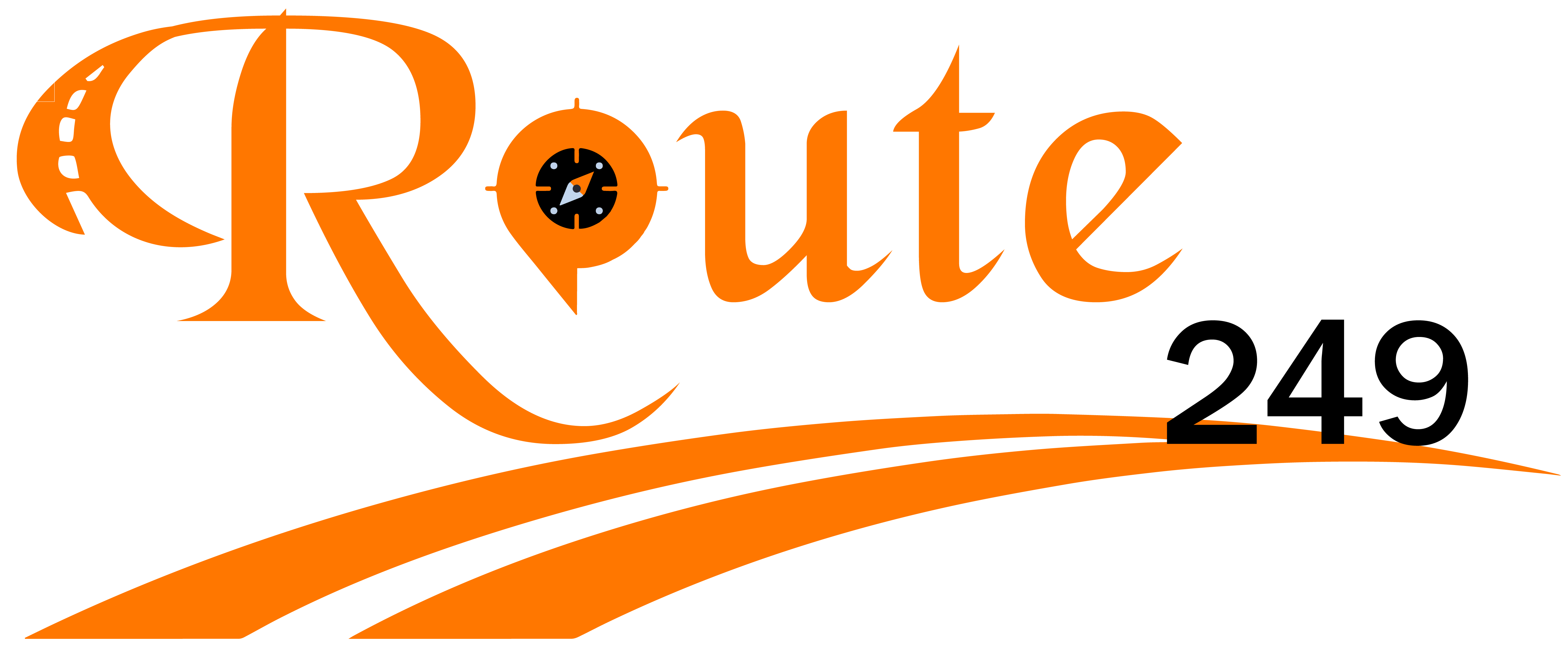
This is Epiphone’s version of the infamous Gibson EDS1275 that Jimmy Page of Led Zeppelin played. The double neck guitar is an icon that many guitarists have played since. Let’s take a look at this guitar. For a little background on Epiphone, you should know that Epiphone is owned BY Gibson and makes many licensed versions of the Gibson guitar line.
This is what I found as I investigated and tested this notorious guitar.
Features:
This guitar has a Mahogany body, Maple necks, Rosewood fretboards, four (4) Alnico Classic Humbucking pickups, chrome hardware, two (2) volume controls, two (2) tone controls, and a three (3) way selector switch .Each neck has twenty (20) frets, two (2) pickups, a volume, and tone control.
Sound:
As all musicians know, the amps you select are for the sound you‘re looking for. I could go through how fantastic it sounded in my Marshall JCM 800, or whatever amp I might choose, but that’s really just telling you how the amp sounds, not the guitar. I usually play through an effects processor to tailor my sound the way I want it. Then I play it through the amp. With that in mind, I found the clean sounds were a little harder to tweak the way I wanted it, but once I got it I knew why. The twelve (12) string sound resonates more and therefore has a tendency to sound muddy, so it takes a little time to tweak it to the amp you’re playing through. But let me reassure you, the sound of a twelve (12) string is worth the trouble. I had no trouble getting a dirty sound. Rocking is in the SG’s spirit. Most of my previous settings worked fine for the dirty stuff. I noticed a drop in volume when I had both necks active at the same time. I suppose because of the fact that all four (4) pickups were on at the same time. Still, that’s just a matter of adjustment to the song you might be playing. The overall sound is loud and proud (as it should be).
Playability:
I have always been finicky about the action on my guitar. This guitar came straight from the factory and in my opinion, wasn’t set up to my liking. It wasn’t bad, but I lowered the action and raised the pickups for minimal effort and maximum volume. The necks are very slim and have a great feel. I am quite pleased with the ease at which it plays. I finger pick some songs and even the twelve (12) string was easy to play this way. I was shocked. It put some of the six (6) strings that I have played to shame. I am very pleased with the way it plays.
Overall Impression:
Its construction is solid and looks very close to the Gibson guitar it is mimicking. The finish is awesome as is the feel of this guitar. I also got the hardshell case and I recommend you do too. You aren’t going to want anything to happen to yours. The necks feel slightly different, and I’m trying to decide if it’s from the fact that one has twice as many strings on it, or if it is slightly different in size. The necks look identical. This being my first double neck guitar, I don’t have anything to compare it to; however, I am quite pleased with the sound, quality, and playability of this guitar. And if anything ever happened to it, I would want another one. Besides the setup, I only made one change. I put strap locks on it so I would never have it fall off when wearing it.
If you’re looking for a double neck guitar, this one would be a good choice. I have had this one since 2004 and the only thing I have had to do to it was spray some contact cleaner in the switch that switches which neck you’re using. It started sounding scratchy when I used the switch. Now it’s silent and it all still works great.










7 Comments
I have one of these guitars, upgraded with Burstbucker Pro pickups in all four positions, and it really sings! Actually the second picture with the G-1275 laying in the case *is* my guitar (I took the picture 2-3 years ago and it was apparently “borrowed” for this blog–no hard feelings on my part; I just read the blog and saw the pic of my guitar and was kind of flattered.)
I will say I have owned both this one and a real Gibson EDS-1275 (1990 model), and they are very, very close in feel other than a few differences–the Gibson *may* not have been as neck-heavy, it only has one master pickup selector for both necks rather than the separate ones the Epi has (the Gibson requires a special 2-pole selector switch to accomplish this which probably drives costs up more than just having separate switches). Also, the Epi has a 1.85″ 12-string nut width and 1.68″ 6-string nut width, whereas they are both 1.68″ on the Gibson if I remember correctly.
I very, very stupidly let my Gibson doubleneck go several years ago, and would be hard pressed to find the same deal I got on it again ($1800 used in perfect condition). That said, with the current $3000+ price tag for a new Gibson, in my opinion the cost of an Epiphone doubleneck is more commensurate with what you’re getting. Too much of what the Gibson costs is wrapped up in getting their name inlaid into the headstock rather than Epi’s.
Unfortunately, as of now the Epi version is no longer being produced so if you want one you’ll likely have to keep an eye on the used market.
Thank you for the post.
you are welcome
Thank you for the post.
This blog has inspired me to carry on working on my own blog
Very comprehensive work. I always wanted to get a double neck guitar. Thanks for the post.
i love your blog, i have it in my rss reader and always like new things coming up from it.